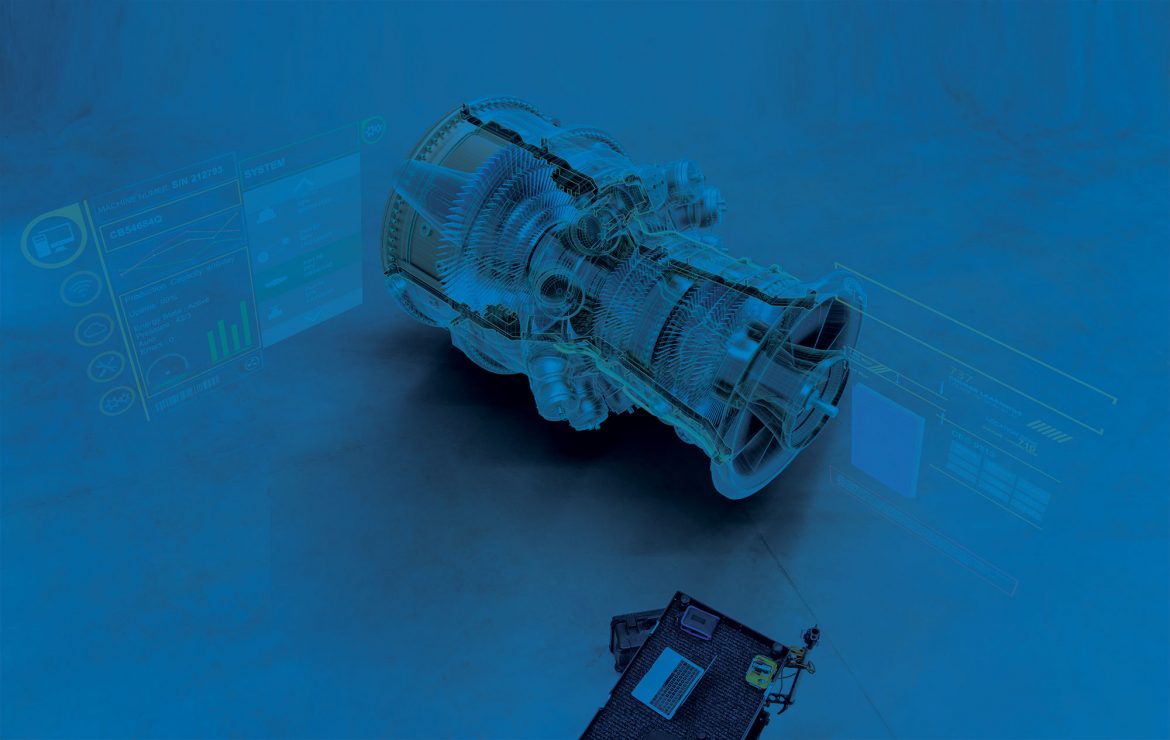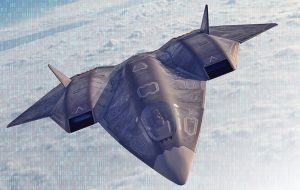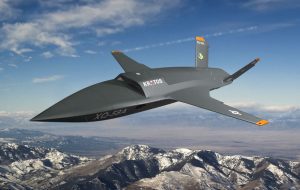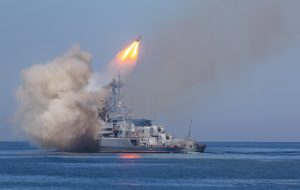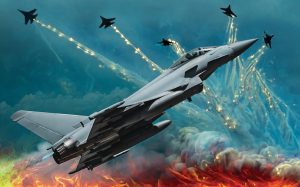One of the accelerating shifts to speeding up production of new fighters has been “digital engineering,”. China has taken advantage of this to quickly catch up with the United States. It took China about 30 years to own the J-30 fighter, which is similar to the American F-15 fighter, while it took only about ten years to produce the J-20 fighter, which is similar to the American fifth generation F-22 fighter.
One of the main factors that helped this is “digital engineering”, as aircraft can now be digitally designed, not only producing sketches and initial designs, but also building 3D models, whose performance can be simulated and tested, even before production begins, which helps a lot in speeding up the production process and reducing costs.
The United States is seeking to benefit from this development as well, as the US Department of Defense is pressing defense contractors to apply digital engineering in order to speed up the production process of new fighters, in order to take less time, especially after Washington took 14 years to produce the fifth-generation fighter F-35”.
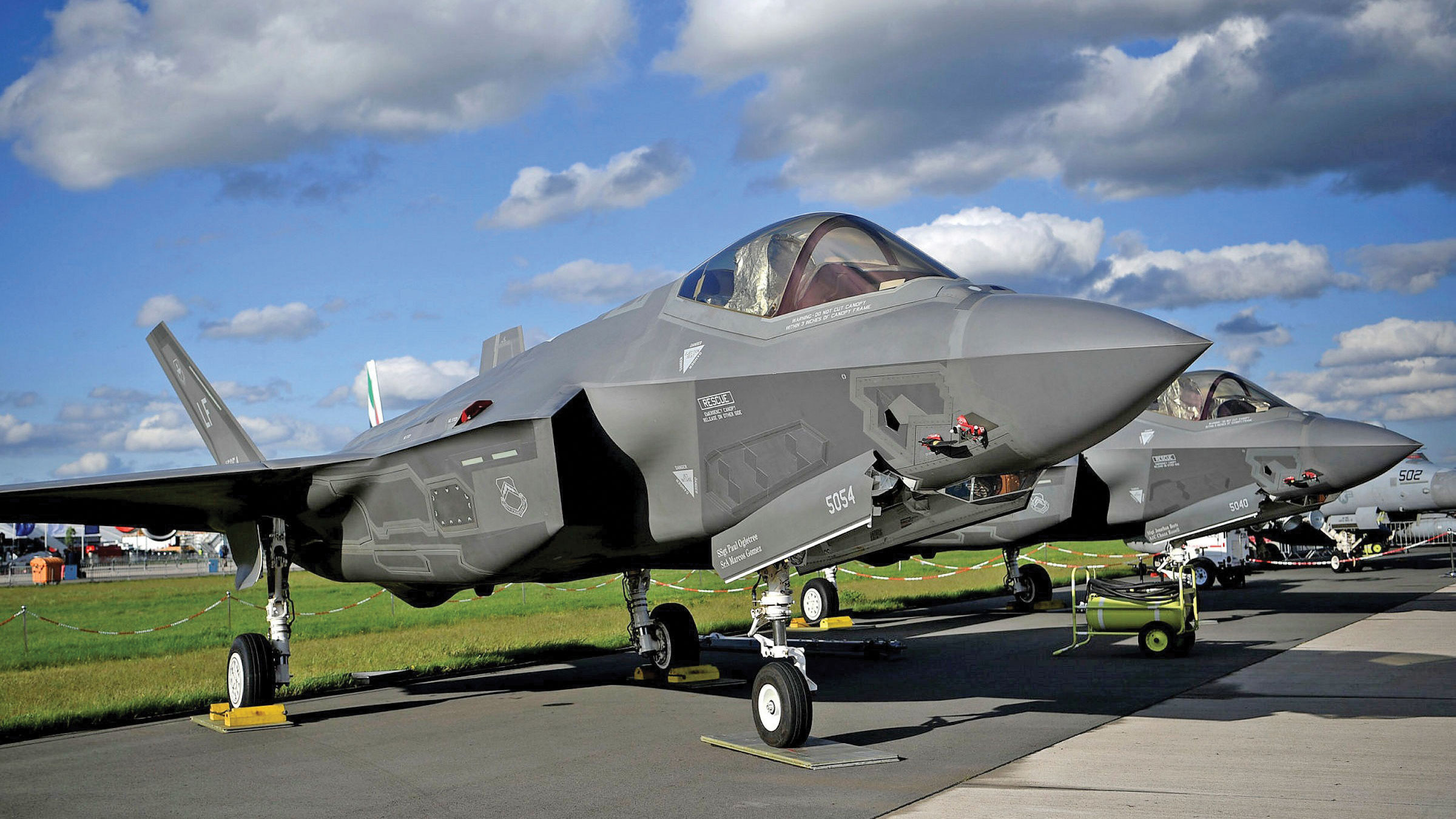
Digital Engineering Definition
Digital engineering is the most revolutionary technological development in military manufacturing. While aerospace engineers have used computers for decades to help build aircraft, defense companies have recently developed 3D modeling tools, which can model the entire life cycle of a weapon, i.e. design, production and technical support, with a high level of accuracy.
The ultimate goal is for the country to have the ability to build, test and fully improve all Air Force systems in virtual environments before they are actually manufactured. All types of weapons, from aircraft to various weapon systems, will be designed across the US Air Force’s computing environments, saving time and money through working in virtual simulations, instead of manufacturing prototypes, evaluating their performance in practice, and then making modifications to them to meet any kinds of deficiencies, to finally reach the final product after avoiding all the flaws of the initial design.
This process allows companies to not only build a detailed model of the aircraft, but also model how the production line operates with different levels of workers, or how maintenance is performed in the warehouse. It is noted that this technology is not new, as it is already used in civilian industries, specifically by car production companies, with the aim of developing new and improved models from its predecessor, and at a rapid pace, and it has recently begun to find its way to military industrialization.
Since late last year, the US Air Force has been seeking to persuade defense companies cooperating with it to adopt this method, and the American defense industries are surprised by digital engineering, given that they have been working for decades in traditional ways, that is, developing physical prototypes of the weapon, such as a fighter, and then testing their performance in practice. Several times, to make sure they are free from any defects, then start manufacturing. These companies, even those closest to the US military, have been wary of experimenting with this revolutionary method, while the US Air Force insists on the need to expand the application of digital engineering.
US officials revealed that USSOCOM may use digital engineering to design the next generation of the “Dry Combat Submersible” model. Jim Smith, executive director of acquisitions at US Special Operations Command, emphasized that the next model of the “dry combat submersible” would be a “fantastic candidate” for digital engineering. Smith explained that the stage of prototypes for the next submarine program could begin in 2024, after agreeing on the shape of the new model for this submarine.
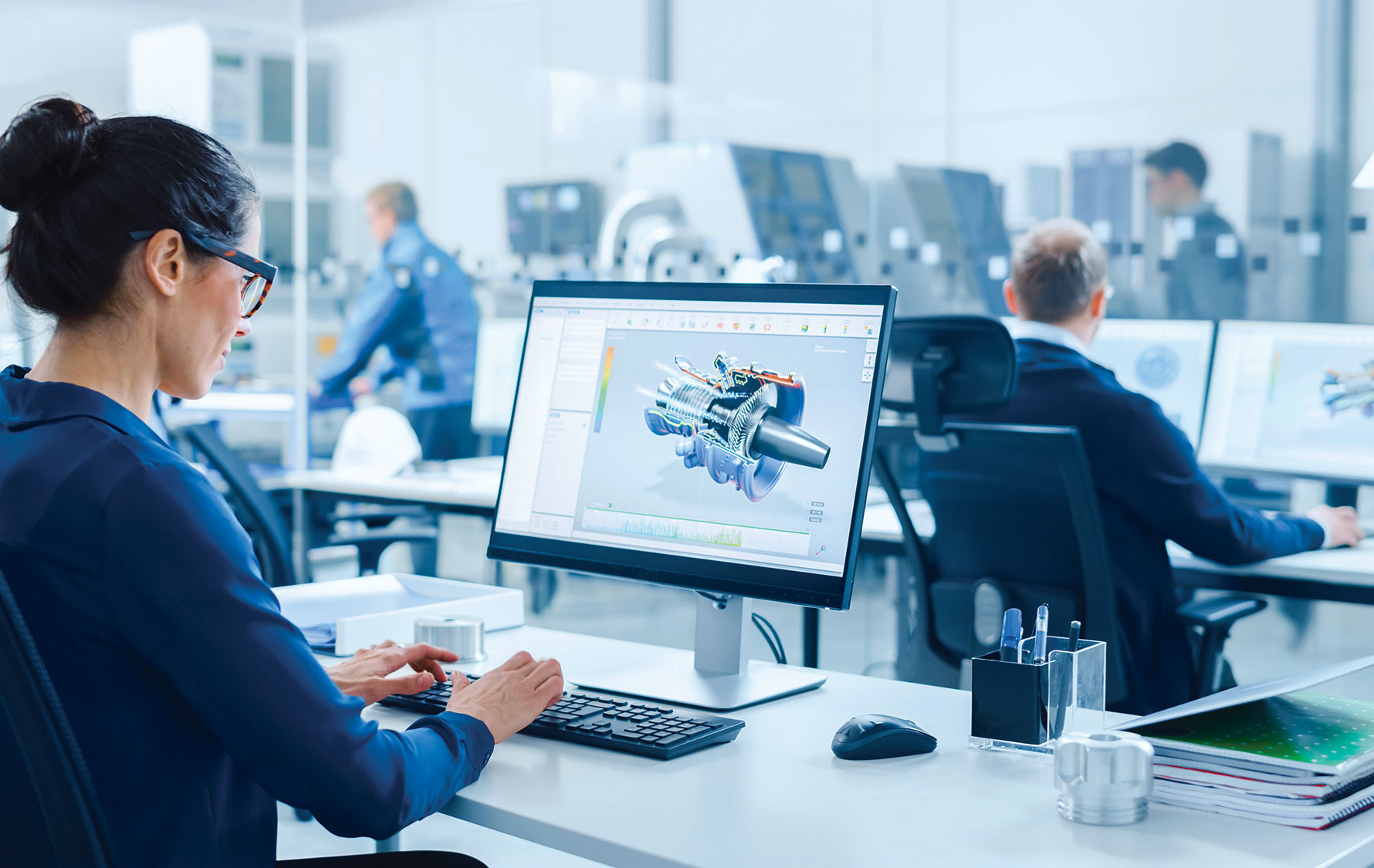
Practical experiences
The T-7A has gone from design to first flight in three years, breaking the traditional fighter manufacturing model. This eventually enabled the production of a fighter with features that match next-generation fighter aircraft, fourth and fifth generations.
Compared to conventional aircraft development programmes, the T-7A has outperformed the traditional fighter production method in three main aspects, namely, improving engineering quality by 75%, reducing assembly hours by 80%, and reducing software development and verification time by 50%.
After that, the US Air Force wants to use the digital architecture of two secret satellite programs and possibly a tactical weapon system, on September 23. It is already being applied to the ground-based strategic deterrence program, which aims to replace the Minuteman 3 ICBMs with newer ones.
On August 19, the American company Redwire, operating in the outer space sector, opened a digital engineering facility, where government agencies and airlines can prototype devices and design structures for space devices. The facility is called Hebron Operational Space Simulation Laboratory. (Hyperion Operational Space Simulation Laboratory), which is a completely virtual environment, accessible from remote locations.
Redwire hopes to attract government customers who want to experiment and prototype the systems in a digital environment that tests the performance of hardware and software virtually, as if it were being tested in the real world, a technology known as a “digital twin.”
It is noted that the development of satellites using digital twin technology makes it easy to upgrade the systems used in the satellites by providing them with new programs. For example, once a spacecraft is in operation, and the manufacturer wishes to make any modifications to the spacecraft
program used to guide the satellite, or perhaps add another company’s software, can be done on Earth using the “digital twin”, before the software is actually used on the spacecraft.
Last year, the U.S. Air Force Research Laboratory awarded Redwire a contract to build an operating environment for a hybrid engineering lab to model military operations concepts, such as Joint All-Domain Command and Control, the Pentagon’s initiative to link sensors and share data across all weapons of the US Army. The Digital Engineering Lab can help simulate complex concepts such as Joint All-Domain Command and Control, before testing them out on the ground.
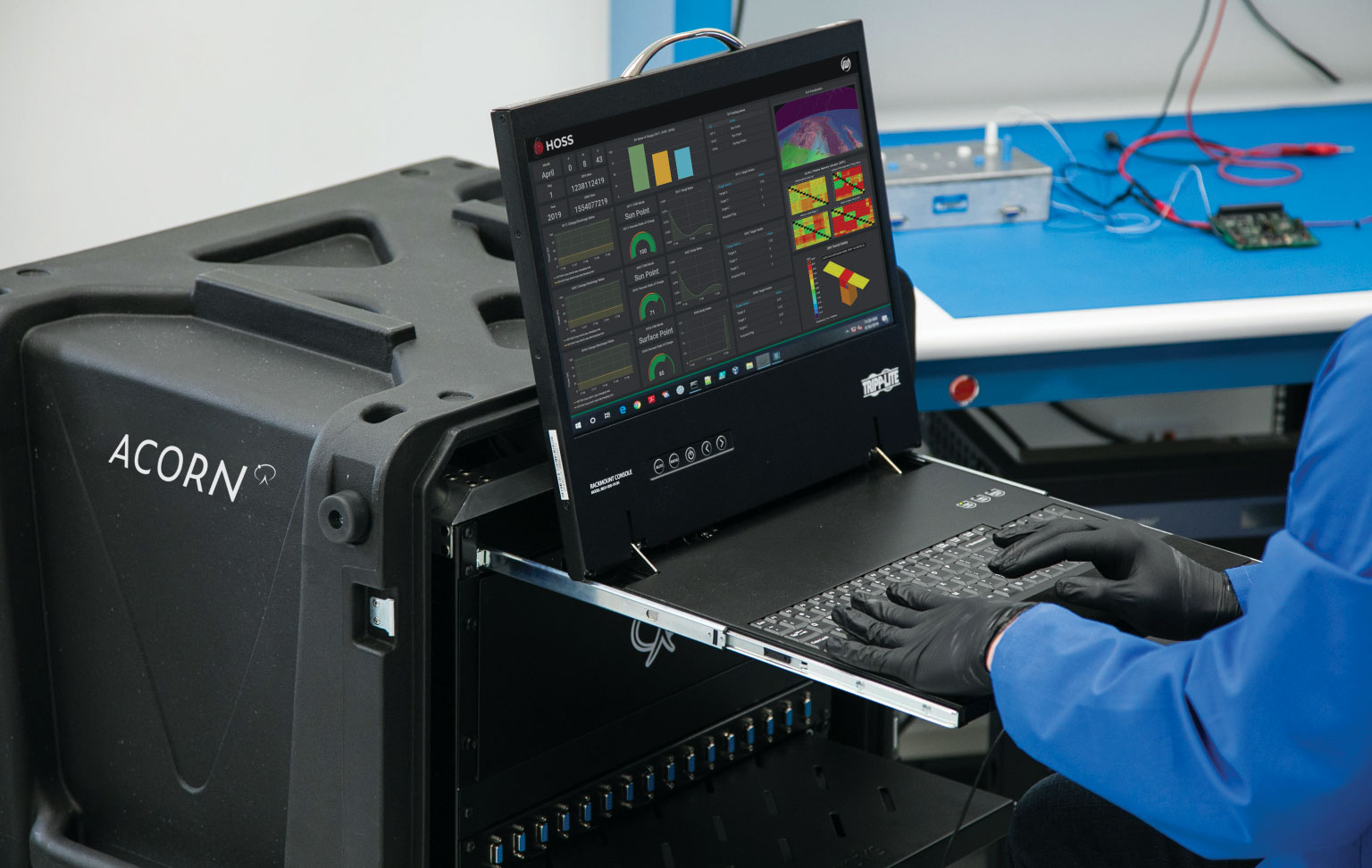
Extensive manufacturing benefits
The benefits of digital engineering military manufacturing can be summarized as follows:
1 Reducing costs: It is expected that this method of manufacturing will save billions of dollars compared to traditional manufacturing methods. US estimates indicate that for every dollar the US military spends on weapons production, 70 cents go to modernization, while 30 cents go to manufacturing. Digital engineering will save development costs, since prototypes will be built and tested virtually, not in practice.
2 Accelerating the production process: It is noted that the fighters of the twentieth century were characterized by great speed in their development, as it took only about five years, while the fifth generation fighters took longer, for example, it took the construction of the American fifth generation fighter “F-35” about 14 years, and therefore, the US military believe that through digital engineering, it will be able to reduce the production of new fighters.
Indeed, this was achieved when Will Roper, the Air Force’s assistant secretary for acquisitions, technology and logistics, shocked the military aviation community on September 15, 2020, when he announced at an industry conference that the US Air Force had produced a prototype of the next-generation fighter and secretly piloted it. He attributed the rapid development of the “Next Generation Air Dominance” program, which aims to build the next generation of fighters, to digital engineering methods.
Previous development schedules used to take about 10 years, but now, the fighters can be developed in just three years, with the help of digital engineering, said Gail J. Miller, chief engineer of the T-7A at Boeing.
Miller argues that “there can’t be a 10-year production cycle, because frankly, the threat will have changed by the time the new product is finished.”
3 The ability to compete with opponents: There is a prevailing belief among the American military circles that the spread of knowledge and technology on a large scale undermines the competitive advantage that the United States has historically enjoyed against its opponents, and that the opponents of the United States, such as Russia and China, tend to spend more on military research and development.
Washington believes that one of the methods that will enable the United States to maintain its technological advantage in the field of weapons development is to rely on digital engineering. Kristen Baldwin, the Air Force’s deputy assistant secretary for science, technology, and engineering, argues that digital “transformation” is “crucial to the ability to maintain the United States’ competitive advantage against peers and adversaries.”
4 Accelerating military production during wartimes: The US Air Force believes that having fully digitally designed weapons can speed up the industrialization process during wartimes, by making it easier for different defense companies to carry out production and upgrade work. These attempts evoke memories of World War II, when the United States relied on American automakers to build heavy bombers and tanks. Air Force officials hope that the push to design and manufacture digital weapons will allow them to quickly upgrade new weapons and keep companies competitive for modernization work during the use of weapons by the U.S. military.
New technology challenges
One of the main challenges to applying digital engineering in the military field is cybersecurity. Traditional military engineering prioritized the security of the project data, by keeping this engineering information out of circulation through any network of the Internet. In contrast, digital engineering often requires cloud storage of information, so that military companies collaborating with the military and other workers who do not work directly with the federal government can access it.
This will be a major challenge, as employing digital engineering will be a major turning point for the military, who usually prioritize physically transferring military designs, as well as closely guarding them. Therefore, maintaining data security in cloud storage is likely to be one of the big challenges.
The US military will need to secure data and engineering designs from attacks by cybercriminals and government agencies seeking to spy on the United States and steal sensitive data related to the new designs. At the same time, it will also need to provide adequate safeguards to contractors working with the military on a particular project.
In conclusion, it can be said that the technology of “digital engineering” will open the door to the so-called “digital century”, in which new weapons are built faster than usual, and at lower costs, which is a revolutionary development in every sense of the word.
By: Dr. Shady Abdel Wahab


